Select Model
Chart is for a gallon of water weighting approx 8lbs per gallon. Water is not a typical tire fill. Methonal Alchol is a more common fill and weights 6.5lbs per gallon. Other fills like Calcium, Beat Juice, etc can be varying weights.
| TIRE SIZE | GALLONS OF WATER | ADDED WEIGHT (lbs.) PER TIRE |
|---|---|---|
| 4.00-12 | 2 | 17 |
| 4.00-15 | 2.5 | 21 |
| 4.00-19 | 3 | 25 |
| 5.00-15 | 3.5 | 29 |
| 5.50-16 | 5 | 42 |
| 6.00-12 | 4.5 | 37 |
| 6.00-14 | 5 | 41 |
| 6.00-16 | 6 | 50 |
| 6.50-16 | 7 | 58 |
| 7.50-10 | 6 | 50 |
| 7. | 8 | 66 |
| 7.50-16 | 9 | 75 |
| 7.50-18 | 10 | 83 |
| 7.50-20 | 11 | 92 |
| 9.00-10 | 9 | 75 |
| 9.5L-15 | 11 | 92 |
| 9.50-20 | 18 | 150 |
| 9.50-24 | 20 | 167 |
| 10.00-16 | 17 | 142 |
| 11.00-12 | 18 | 150 |
| 11L-15 | 13 | 108 |
| 11.00-16 | 23 | 192 |
| 11L-16 | 15 | 123 |
| 14L-16.1 | 27 | 225 |
| 16.5L-16.1 | 42 | 346 |
| 7.2-24 | 9 | 75 |
| 7.50-16 | 9 | 75 |
| 8.3-24 | 13 | 108 |
| 9.5-16 | 12 | 100 |
| 9.5-24 | 17 | 142 |
9. 5-36 5-36 | 25 | 209 |
| 9.5-42 | 29 | 242 |
| 10-16.5 | 12 | 97 |
| 11.2-24 | 24 | 200 |
| 11.2-28 | 27 | 225 |
| 11.2-34 | 33 | 275 |
| 11.2-36 | 35 | 292 |
| 11.2-38 | 36 | 300 |
| 12.4-16 | 21 | 175 |
| 12.4-24 | 30 | 250 |
| 12.4-28 | 35 | 292 |
| 12.4-36 | 44 | 367 |
| 12.4-38 | 46 | 384 |
| 12.4-42 | 51 | 425 |
| 13.6-24 | 38 | 317 |
| 13.6-26 | 40 | 334 |
| 13.6-28 | 43 | 359 |
| 13.6-38 | 57 | 475 |
| 14.9-24 | 47 | 392 |
| 14.9-26 | 48 | 400 |
14.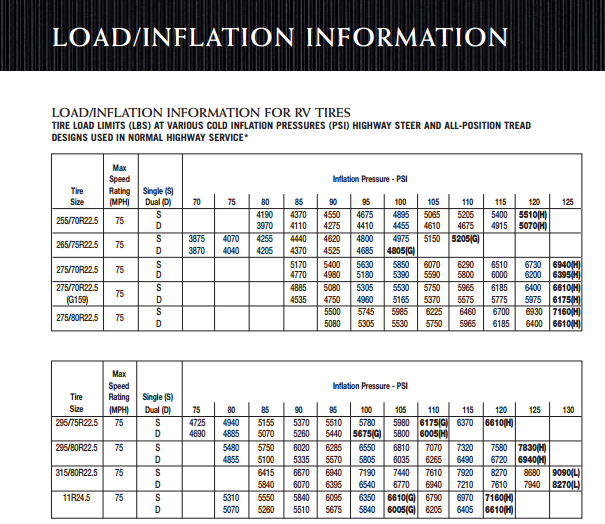 9-28 9-28 | 53 | 442 |
| 14.9-30 | 57 | 475 |
| 14.9-36 | 64 | 534 |
| 14.9-38 | 67 | 559 |
| 15.5-38 | 66 | 550 |
| 16.9-24 | 61 | 509 |
| 16.9-26 | 65 | 542 |
| 16.9-28 | 69 | 575 |
| 16.9-30 | 73 | 609 |
| 16.9-34 | 82 | 684 |
| 16.9-38 | 90 | 751 |
| 17.5L-24 | 55 | 459 |
| 18.4-16.1 | 49 | 409 |
| 18.4-24 | 75 | 626 |
| 18.4-26 | 79 | 659 |
| 18.4-28 | 84 | 701 |
| 18.4-30 | 89 | 742 |
| 18.4-34 | 100 | 834 |
| 18.4-38 | 110 | 917 |
| 19.5L-24 | 73 | 609 |
20.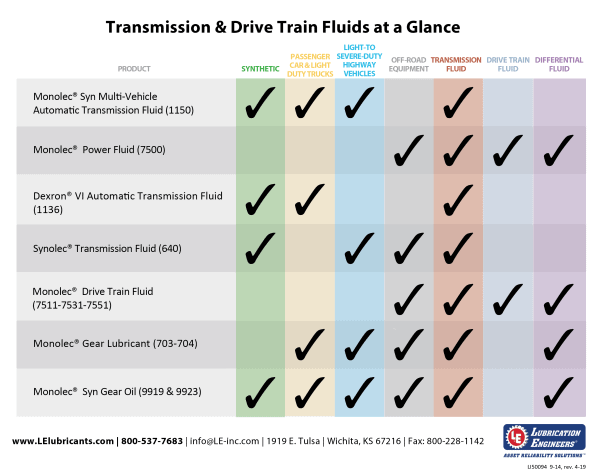 8-34 8-34 | 128 | 1068 |
| 20.8-38 | 140 | 1168 |
Messick's offers a full line of implements so y...
6We offer field and orchard sprayers from New Ho...
71Most compact tractor buyers are new to the equi...
14We feel strongly that Messick's and our vendors...
25Messick's is the first stop for experienced own...
65Helping you understand basic terminolgy, and th...
21Videos of our customers operating their equipme.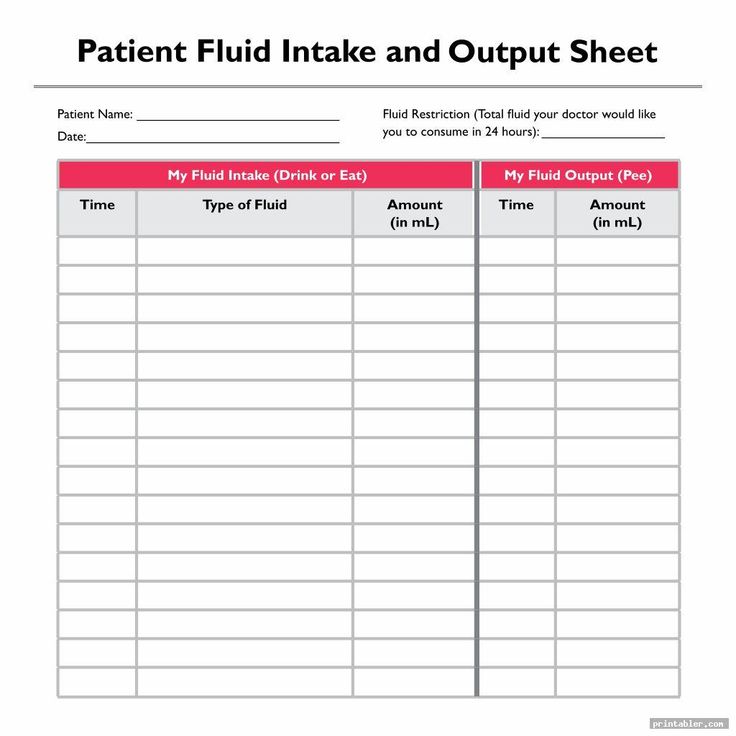 ..
..
Messick's offers a complete range of round bale...
39The right landscape equipment can turn a chore ...
8Our precision farming experts can help you sque...
5Knowing what to look for on a used piece of equ...
18We offer a line of heavy duty tractors for heav...
6If your just getting the mail, or hauling a hea...
Search the catalogs for specific equipment.
OR
[Find by Model]
Currently searching parts for:
None
Choose from your equipment:
None
View My Equipment | Search Without Model
| Andy's Tire Service "Our service goes a long way!" |
| Ballast Volume and Weight Volume and weight are calculated with the valve at its highest position and liquid filled to that level. Considerable heat is generated when mixing CaCl2 and water. Always add the CaCl2 to the water rather than water to the CaCl2.
|
| Tire Size |
| Water | 3 lb/gal CaCl2 | 5 lb/gal CaCl2 |
|
| Gallons | Pounds | Pounds | Pounds |
| 4. | 2 | 17 | 24 | 27 |
| 5.00-15 | 4 | 33 | 35 | 40 |
| 5.50-16 | 5 | 42 | 47 | 53 |
| 5.90-15 | 5 | 42 | 47 | 53 |
| 6. | 6 | 50 | 60 | 67 |
| 6.50-16 | 7 | 58 | 71 | 74 |
| 7.5L-15 | 8.5 | 71 | 82 | 93 |
| 9.5L-15 | 11 | 92 | 112 | 120 |
| 10. | 18 | 150 | 189 | 200 |
| 11L-15 | 14 | 117 | 142 | 147 |
| 12.5L-15 | 19 | 158 | 189 | 200 |
| 13.50-16.1 | 35 | 292 | 355 | 387 |
| 14L-16. | 28 | 233 | 284 | 307 |
| 16.5L-16.1 | 41 | 342 | 414 | 440 |
| 19L-16.1 | 55 | 459 | 556 | 600 |
| 21.5L-16.1 | 68 | 567 | 687 | 734 |
| 7. | 11 | 92 | 112 | 120 |
| 8.3-24 | 13 | 108 | 131 | 133 |
| 9.5-16 | 12 | 100 | 118 | 133 |
| 9.5-24 | 17 | 142 | 178 | 187 |
| 9.5-36 | 24 | 200 | 249 | 267 |
| 9. | 28 | 233 | 284 | 307 |
| 11.2-24 | 24 | 200 | 237 | 253 |
| 11.2-28 | 27 | 225 | 284 | 293 |
| 11.2-34 | 32 | 267 | 331 | 347 |
| 11. | 24 | 283 | 344 | 360 |
| 11.2-38 | 35 | 292 | 355 | 387 |
| 12.4-16 | 21 | 175 | 213 | 227 |
| 12.4-24 | 30 | 250 | 308 | 333 |
| 12. | 35 | 292 | 355 | 374 |
| 12.4-36 | 42 | 350 | 426 | 453 |
| 12.4-42 | 48 | 400 | 486 | 520 |
| 13.6-16.1 | 31 | 258 | 308 | 333 |
| 13.6-24 | 38 | 317 | 379 | 400 |
| 13. | 43 | 359 | 439 | 467 |
| 13.6-38 | 57 | 475 | 581 | 614 |
| 13.9-36 | 51 | 425 | 521 | 560 |
| 14.9-24 | 47 | 392 | 474 | 507 |
| 14.9-26 | 48 | 400 | 486 | 520 |
| 14. | 53 | 442 | 545 | 574 |
| 14.9-30 | 57 | 475 | 568 | 614 |
| 14.9-38 | 67 | 559 | 675 | 720 |
| 15.5-38 | 66 | 550 | 663 | 707 |
| 16.9-24 | 61 | 509 | 616 | 654 |
| 16. | 65 | 542 | 663 | 694 |
| 16.9-28 | 69 | 575 | 699 | 747 |
| 16.9-30 | 73 | 609 | 746 | 787 |
| 16.9-34 | 82 | 684 | 829 | 880 |
| 16.9-38 | 90 | 751 | 912 | 974 |
| 17. | 55 | 459 | 557 | 600 |
| 18.4-16.1 | 49 | 409 | 497 | 520 |
| 18.4-24 | 74 | 617 | 758 | 800 |
| 18.4-26 | 79 | 659 | 805 | 854 |
| 18.4-28 | 84 | 701 | 852 | 907 |
| 18. | 89 | 742 | 912 | 960 |
| 18.4-34 | 100 | 834 | 1007 | 1081 |
| 18.4-38 | 110 | 917 | 1113 | 1187 |
| 18.4-42 | 115 | 959 | 1160 | 1240 |
| 19.5L-24 | 69 | 575 | 710 | 747 |
| 20. | 128 | 1068 | 1291 | 1374 |
| 20.8-38 | 140 | 1168 | 1420 | 1521 |
| 20.8-42 | 148 | 1234 | 1503 | 1600 |
| 21L-24 | 87 | 725 | 876 | 934 |
| 23.1-26 | 128 | 1068 | 1291 | 1374 |
| 23. | 143 | 1193 | 1456 | 1547 |
| 23.1-34 | 159 | 1326 | 1610 | 1708 |
| 24.5-32 | 170 | 1418 | 1729 | 1841 |
| 28L-26 | 157 | 1309 | 1587 | 1694 |
| 30.5L-32 | 217 | 1809 | 2202 | 2347 |
| 35. | 313 | 2609 | 3172 | 3388 |
Do you want to choose a tire for your car, but do not understand tire markings well? It's not a problem! In this section, we will help you figure out what tire parameters are, what they mean, and which tire is right for your car.
Select tires / tire catalog
195/65 R15 91 T XL
195 is the tire width in mm.
65 - Proportionality, i.e. profile height to width ratio. In our case, it is equal to 65%. Simply put, with the same width, the larger this indicator, the higher the tire will be and vice versa. Usually this value is simply called “profile”.
Since the tire profile is a relative value, it is important to take into account when choosing rubber that if you want to put tires with a size of 205/65 R15 instead of the size 195/65 R15, then not only the width of the tire will increase, but also the height! Which in most cases is unacceptable! (except when both of these sizes are indicated in the car's operating book). You can calculate the exact data on changing the outer dimensions of the wheel in a special tire calculator.
You can calculate the exact data on changing the outer dimensions of the wheel in a special tire calculator.
If this ratio is not specified (for example, 185/R14C), then it is equal to 80-82% and the tire is called full profile. Reinforced tires with this marking are usually used on minibuses and light trucks, where a large maximum wheel load is very important.
R - means a tire with a radial cord (in fact, almost all tires are made this way now).
Many mistakenly believe that R- means the radius of the tire, but this is the radial design of the tire. There is also a diagonal design (indicated by the letter D), but recently it has practically not been produced, since its performance is noticeably worse.
15 - wheel (rim) diameter in inches. (It is the diameter, not the radius! This is also a common mistake). This is the “landing” diameter of the tire on the disk, i.e. is the inside size of the tire or the outside of the rim.
91 - load index. This is the level of maximum permissible load on one wheel. For passenger cars, it is usually done with a margin and is not a decisive factor when choosing tires (in our case, IN - 91 - 670 kg.). For minibuses and small trucks, this parameter is very important and must be observed.
T is the tire speed index. The larger it is, the faster you can ride on this tire (in our case, IS - H - up to 210 km / h). Speaking about the tire speed index, I would like to note that with this parameter, the tire manufacturer guarantees the normal operation of the rubber when the car is constantly moving at the specified speed for several hours.
There are two different American tire markings. The first one is very similar to the European one, only the letters “P” (Passanger - for a passenger car) or “LT” (Light Truck - light truck) are placed before the size. For example: P 195/60 R 14 or LT 235/75 R15. And another tire marking, which is fundamentally different from the European one.
For example: P 195/60 R 14 or LT 235/75 R15. And another tire marking, which is fundamentally different from the European one.
Example: 31x10.5 R15 (corresponds to European size 265/75 R15)
31 is the outside diameter of the tire in inches.
10.5 is tire width in inches.
R - a tire with a radial design (older tire models were with a diagonal design).
15 is the inner diameter of the tire in inches.
Generally speaking, except for inches that are unusual for us, the American tire marking is logical and more understandable, unlike the European one, where the height of the tire profile is not constant and depends on the width of the tire. And here everything is simple with decoding: the first digit of the standard size is the outer diameter, the second is the width, the third is the inner diameter.
XL or Extra Load is a reinforced tire, the load index of which is 3 units higher than that of conventional tires of the same size.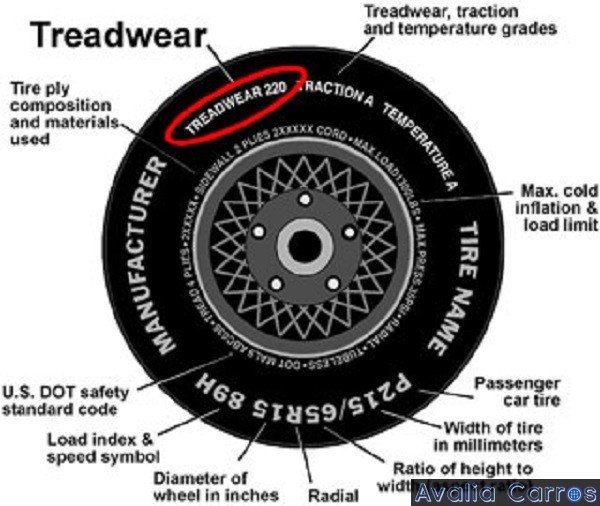 In other words, if a given tire has a load index of 91 marked XL or Extra Load, then this means that with this index, the tire is able to withstand a maximum load of 670 kg instead of 615 kg (see the table of tire load indices).
In other words, if a given tire has a load index of 91 marked XL or Extra Load, then this means that with this index, the tire is able to withstand a maximum load of 670 kg instead of 615 kg (see the table of tire load indices).
M+S or tire marking M&S (Mud + Snow) - mud plus snow and means that the tires are all-season or winter. Many summer tires for SUVs are labeled M&S. However, these tires must not be used in winter, as winter tires have a completely different rubber compound and tread pattern, and the M&S badge indicates good flotation performance.
All Season or AS all season tires. Aw (Any Weather) - Any weather.
Pictogram * (snowflake) — rubber is designed for use in harsh winter conditions. If this marking is not on the sidewall of the tire, then this tire is intended for use only in summer conditions.
Aquatred, Aquacontact, Rain, Water, Aqua or icon (umbrella) Special rain tires.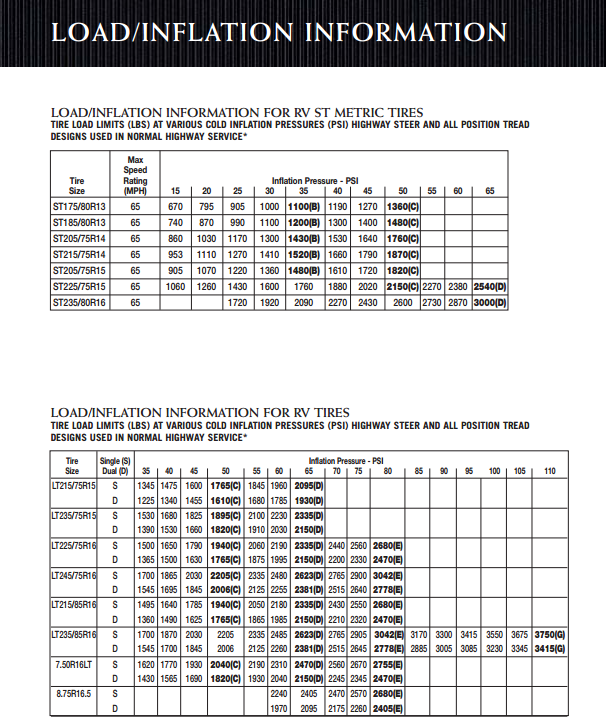
Outside and Inside ; asymmetric tires, i.e. It is important not to confuse which side is the outside and which is the inside. When installing, the Outside inscription must be on the outside of the car, and Inside on the inside.
RSC (RunFlat System Component) - RunFlat tires are tires on which you can continue to drive a car at a speed of no more than 80 km / h with a FULL tire pressure drop (due to a puncture or cut). On these tires, depending on the manufacturer's recommendations, you can drive from 50 to 150 km. Different tire manufacturers use different designations for RSC technology. For example: Bridgestone RFT, Continental SSR, Goodyear RunOnFlat, Nokian Run Flat, Michelin ZP etc.
Rotation or arrow This marking on the tire sidewall indicates a directional tire. When installing the tire, you must strictly observe the direction of rotation of the wheel, indicated by the arrow.
Tubeless - tubeless tire. In the absence of this inscription, the tire can only be used with a camera. Tube Type - indicates that this tire must be used only with a tube.
In the absence of this inscription, the tire can only be used with a camera. Tube Type - indicates that this tire must be used only with a tube.
Max Pressure ; maximum allowable tire pressure. Max Load - the maximum allowable load on each wheel of the car, in kg.
Reinforced or the letters RF in the size (for example 195/70 R15RF) means that this is a reinforced tire (6 layers). The letter C at the end of the size (for example 195/70 R15C) indicates a truck tire (8 layers).
Radial this marking on the rubber in the standard size means that it is a radial construction tire. Steel means that there is a metal cord in the tire structure.
Letter E (in a circle) - the tire meets the European requirements of ECE (Economic Commission for Europe). DOT (Department of Transportation - US Department of Transportation) is an American quality standard.
Temperature A, B, or C The temperature resistance of the tire at high speeds on the test bench (A is best).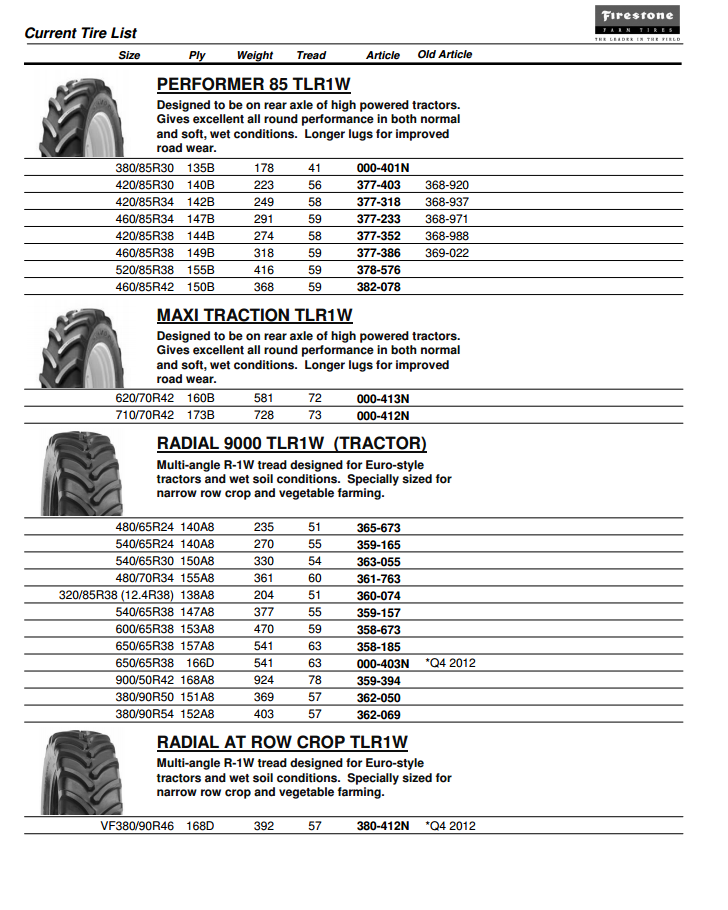
Traction A, B, or C
Treadwear ; relative expected mileage compared to a specific US standard test.
TWI (Tread Wear Indiration) - tire tread wear indicators. The marking on the TWI wheel can also be with an arrow. Pointers are located evenly in eight or six places around the entire circumference of the tire and show the minimum allowable tread depth. The wear indicator is made in the form of a protrusion with a height of 1.6 mm (the minimum tread value for light vehicles) and is located in the tread recess (usually in the drainage grooves).
DOT - Manufacturer's coded address, tire size code, certificate, issue date (week/year).
Find tires / tire catalog
07/23/2021
Tire pressure is an important point during the operation of any vehicle and, in particular, cars.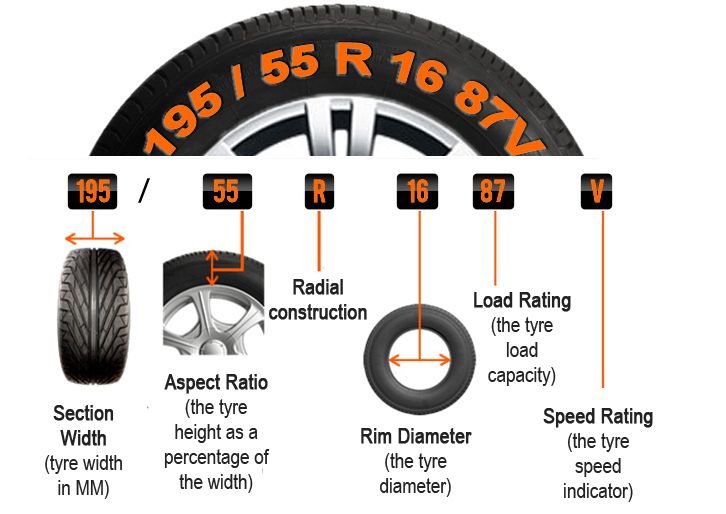 This indicator affects not only the wear rate of products, but also the quality indicators for driving a car, safety and comfort while driving, and the level of fuel fluid consumption. For this reason, every car owner should know how to correctly measure the pressure inside the tires and the tools for this procedure.
This indicator affects not only the wear rate of products, but also the quality indicators for driving a car, safety and comfort while driving, and the level of fuel fluid consumption. For this reason, every car owner should know how to correctly measure the pressure inside the tires and the tools for this procedure.
On the territory of the Russian Federation, the unit of measurement for air pressure for tires is 1 atm = 1 kgf / cm2. The value of this value is often equated to another unit - Bar. But in the US, this value is indicated in PSI, where 1 psi \u003d 1 psi. inch. This state of affairs affects the labeling and differences in the interpretation of indicators for different manufacturers. The designation of the maximum allowable pressure is in Kilopascals, where 1 kPa = 6.895psi
At the same time, when discussing the correct selection of the desired pressure value inside the tires, it is worth considering not the brand of tires, but the recommendations from the manufacturer of a particular brand, model and modification of the car.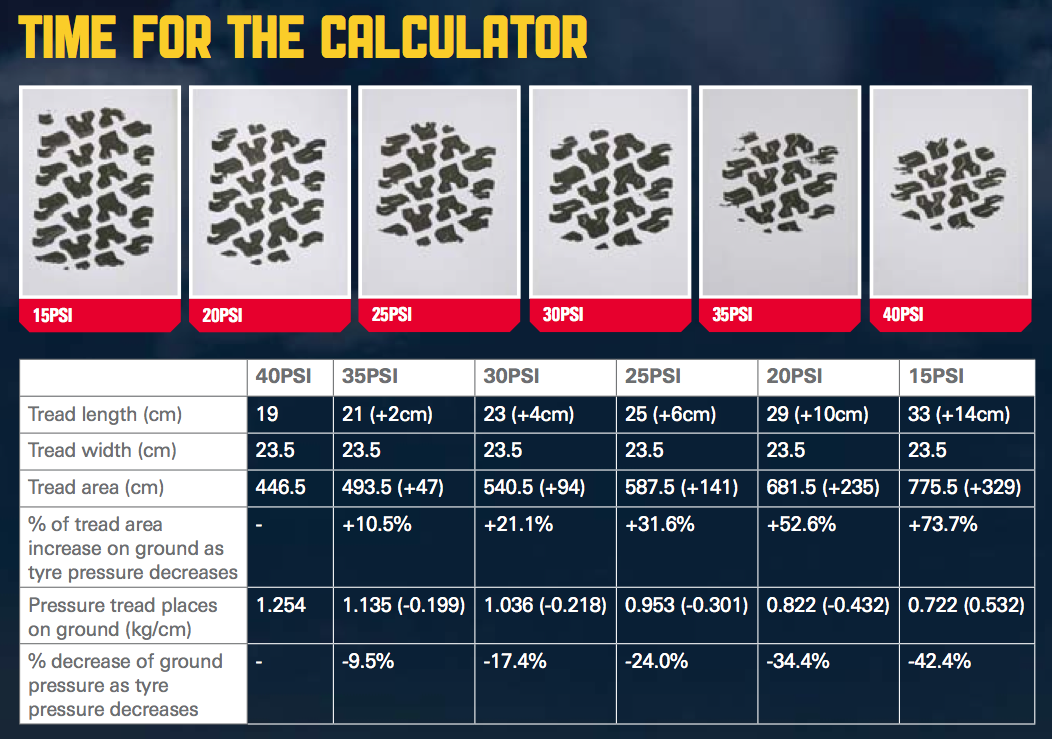 But not vice versa.
But not vice versa.
Of course, special devices are used to understand the correct value and, at least, the current tire pressure reading. Manometers come in different types:
But besides this, other types of devices will also help:
It should be noted separately that tire pressure measurements are carried out before the upcoming trip or after 5-8 hours of vehicle inactivity.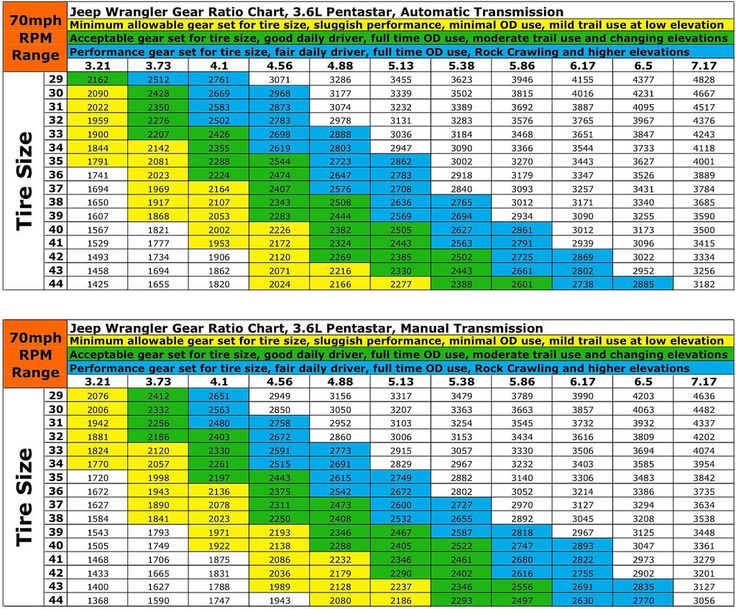
For the convenience of car owners, manufacturers indicate information about the required level of pressure on the front and rear wheels in such a way that you can always check it at the right time. Sometimes reference plates are located on the B-pillar or on the inner cap of the gas tank, as well as on the end of the door on the driver's side.
In addition to the fact that all tires are divided into 3 main types: all-season, summer and winter, the inflation process in summer and winter will differ. This is due to the fact that inside any closed space, a pressure change of 0.1 atm occurs with temperature fluctuations for every 8-10 degrees Celsius.
In summer, one should take into account the heating of the road surface, which affects the increase in grip and friction of coated tires. Therefore, in this case, it is important to avoid the likelihood of tire explosions and other emergencies.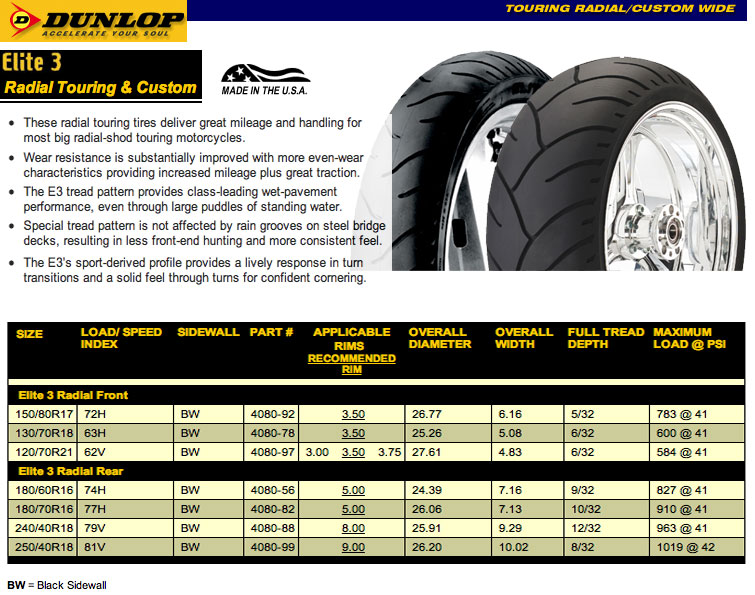 When inflating tires in summer, the following factors related to tire pressure should be considered:
When inflating tires in summer, the following factors related to tire pressure should be considered:
The pressure drop in winter is caused by the cooling and cooling of road surfaces. This leads to a corresponding decrease in the stability of the tires on the road while driving. From here follow the basic principles of tire inflation in winter:
 1 atm;
1 atm; Regardless of the level of professionalism in car ownership, experts recommend using a pressure gauge at least once a month and before long trips. If there are frequent temperature fluctuations in the weather in any of the seasons, the interval should be reduced to 2 weeks.
With reduced tire pressures, contact between the wheel and the road surface occurs only at the extreme points. In visual terms, sometimes it is simply impossible to determine this, but this situation leads to the following negative consequences:
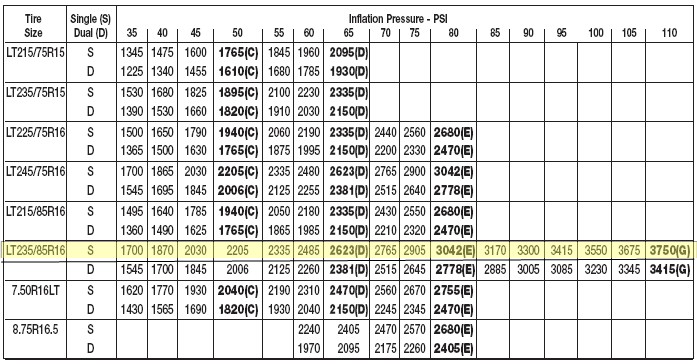
When the required tire pressure is exceeded, only the central part of the wheels comes into contact with the road. This entails the following consequences:
But even more dangerous situations and consequences arise with different pressures in all 4 or at least 2 tires. Indeed, in this case, there is a roll towards a less inflated wheel. In such cases, the consumption of fuel fluid increases up to 10%.
Despite this, attention should be paid to cases in which pressure deviations in car tires by 10-12% help to help out on bumps, when passing surfaces with sand, viscous mud, and wet grass. That is, it is possible to increase the permeability. Pumping in a small range will help while moving on highways at high speeds.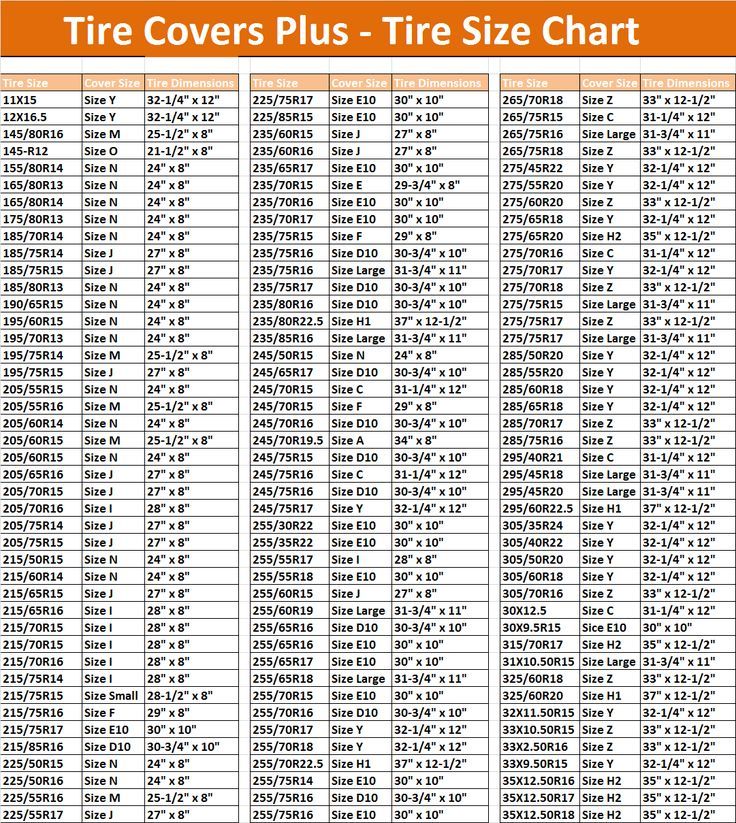 Sometimes a slight increase in pressure only on the rear tires allows you to carry heavy loads with the least problems.
Sometimes a slight increase in pressure only on the rear tires allows you to carry heavy loads with the least problems.
It is important to note that factory standards today are verified data that you should definitely focus on. They undergo numerous checks and tests, and the level of competition between brands makes it necessary to improve all indicators and the testing process. If you could not find recommendations from your car brand manufacturer, below we bring to your attention a table with the necessary data:
| 25 | thirty | 35 | 40 | 45 | fifty | 55 | 60 | 65 | 70 | ||||||||||
| The size | kgf/cm2≈BAR | The size | kgf/cm2≈BAR | The size | kgf/cm2≈BAR | The size | kgf/cm2≈BAR | The size | kgf/cm2≈BAR | The size | kgf/cm2≈BAR | The size | kgf/cm2≈BAR | The size | kgf/cm2≈BAR | The size | kgf/cm2≈BAR | The size | kgf/cm2≈BAR |
| 285/25-R20 | 2. | 265/30-R19 | 2.8 | 215/35-R18 | 2.8 | 195/40-R17 | 2.8 | 165/45-R15 | 2.5 | 165/50-R15 | 2.4 | 155/55-R14 | 2.2 | 185/60-R14 | 2.0 | 175/65-R13 | 1.9 | 175/70-R13 | 1.9 |
| 295/25-R22 | 2.9 | 275/30-R19 | 2.8 | 225/35-R18 | 2.8 | 205/40-R17 | 2.8 | 195/45-R15 | 2.6 | 195/50-R15 | 2.4 | 165/55-R14 | 2. | 175/65-R14 | 2.0 | ||||
| 285/30-R19 | 2.8 | 255/35-R18 | 2.7 | 215/40-R17 | 2.7 | 195/45-R16 | 2.5 | 205/50-R15 | 2.3 | 165/55-R15 | 2.1 | ||||||||
| 245/30-R20 | 2.9 | 265/35-R18 | 2.6 | 235/40-R17 | 2.6 | 205/45-R16 | 2.4 | 225/50-R15 | 2. | 185/55-R15 | 2.1 | ||||||||
| 275/30-R20 | 2.9 | 275/35-R18 | 2.5 | 245/40-R17 | 2.5 | 205/45-R17 | 2.7 | 195/50-R16 | 2.4 | 195/55-R15 | 2.1 | ||||||||
| 255/30-R20 | 2.9 | 215/35-R19 | 2.8 | 255/40-R17 | 2.5 | 215/45-R17 | 2.6 | 205/50-R16 | 2. | 205/55-R16 | 2.2 | ||||||||
| 245/30-R22 | 2.9 | 225/35-R19 | 2.8 | 215/40-R18 | 2.8 | 225/45-R17 | 2.5 | 215/50-R16 | 2.3 | 215/55-R16 | 2.3 | ||||||||
| 265/30-R22 | 2.9 | 235/35-R19 | 2.8 | 225/40-R18 | 2.7 | 235/45-R17 | 2.4 | 225/50-R16 | 2. | 225/55-R17 | 2.3 | ||||||||
| 285/30-R22 | 2.9 | 245/35-R19 | 2.8 | 235/40-R18 | 2.6 | 215/45-R18 | 2.4 | 205/50-R17 | 2.4 | ||||||||||
| 255/35-R19 | 2.8 | 245/40-R18 | 2.6 | 225/45-R18 | 2.4 | 215/50-R17 | 2.4 | ||||||||||||
| 265/35-R19 | 2. | 265/40-R18 | 2.6 | 235/45-R18 | 2.6 | 225/50-R17 | 2.4 | ||||||||||||
| 275/35-R19 | 2.8 | 275/40-R18 | 2.8 | 245/45-R18 | 2.5 | 225/50-R18 | 2.5 | ||||||||||||
| 245/35-R20 | 2.9 | 225/40-R19 | 2.8 | 255/45-R18 | 2. | 235/50-R18 | 2.5 | ||||||||||||
| 255/35-R20 | 2.9 | 245/40-R19 | 2.9 | 225/45-R19 | 2.8 | ||||||||||||||
| 275/35-R20 | 2.9 | 255/40-R19 | 2.9 | 245/45-R19 | 2.7 | ||||||||||||||
| 275/40-R19 | 2. | ||||||||||||||||||